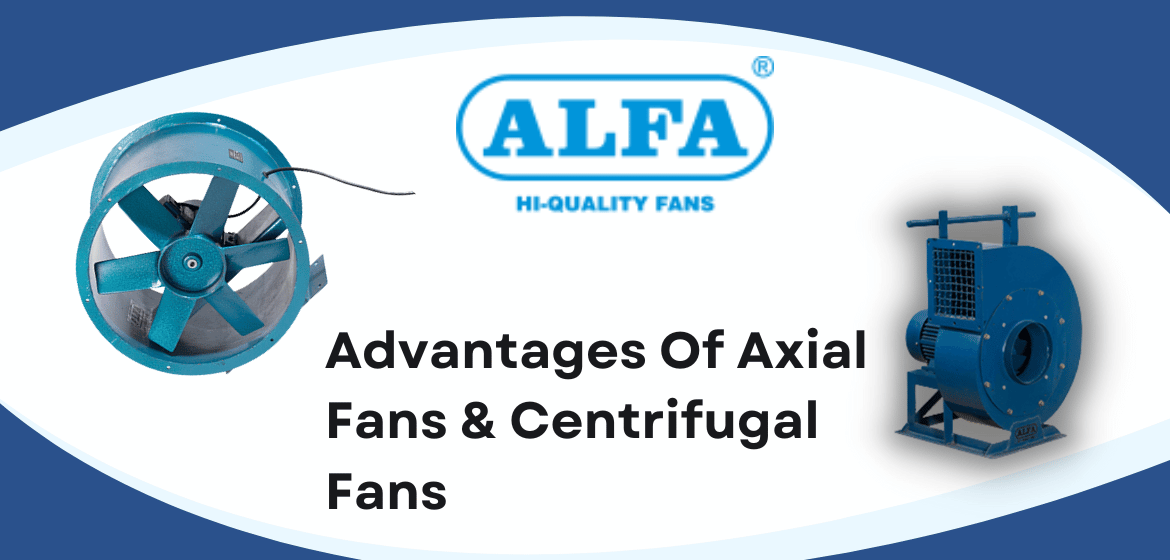- Gala No. 19, 2nd Floor,
Bail Bazar, Mumbai, India - +91 88 5002 0455
info@alfafans.in


Many companies are Axial
Axial fans were first used in horizontally oriented windmills in medieval Europe. In the 1880s, axial fans were the first devices to employ electricity to move air.
A single axis is used by axial fans to move air. Because the blades of a fan revolve around an axis, air is drawn in parallel to the axis and expelled in the opposite direction.
Manufacturers of axial flow fans designed them to produce a large amount of airflow due to the high flow rate they produce. However, the air currents they produce are not very strong. They only require a small quantity of electricity to operate.
It's safe to say that axial fans are used in a wide variety of applications. Any time you need to make a significant air transfer, consider acquiring one.
Low-pressure, high-volume flow is extremely beneficial for cooling spaces, such as homes and workplaces. Additionally, it functions admirably as a cooling system for electronics like the computer you're using right now.
Axial fans are used for condenser cooling in refrigeration systems. It also performs admirably as a ventilation fan.
As technology has been incorporated into more and more consumer goods, axial fans have become more and more commonplace. They are used in contemporary vending machines to maintain a safe temperature for the computers that handle cashless transactions.
You'll likely require this design to address airflow issues in non-ducted settings. Axial fans may move lots of air despite encountering little resistance.
The centrifugal fan was created in 1832 by army engineer Lieutenant General Alexander Sablukov of the Imperial Russian Army of the Russian Empire. Centrifugal fans, usually referred to as blowers, differ from axial fans in their design. A fan wheel is used to increase the air pressure of an incoming airstream. It consists of several blades linked to a central hub. With the use of a centrifugal fan, air is redirected such that it flows forth at a 90° angle to the way it entered.
Airflow is created by centrifugal fans and then directed through a system of ducts or tubes. As a result, airflow with higher pressure is produced than with axial fans. Despite sacrificing flow velocity, centrifugal fans offer a more constant airflow than axial fans do. Centrifugal fans also require a greater power input.
The optimum solution is a centrifugal fan when moving air through a duct system is required. The pressure rises when ducts are present due to the greater airflow resistance ducting creates. You'll need a high-pressure fan to combat this increased pressure. What you'll need is a centrifugal fan. As a result, centrifugal fans are a perfect addition to air conditioners and dryers. They also perform well in corrosive and acidic environments. They constitute a great alternative for use in pollution filtering systems due to their extraordinary durability. Since they can filter out dust and other particles and are totally sealed, these devices are strong and difficult to break.
A centrifugal fan is fundamentally different from an axial fan in both construction and operation. As a result of these distinctions, different types of fans are better suited to certain tasks, and consumers aren't always sure which one to choose. Choose the right